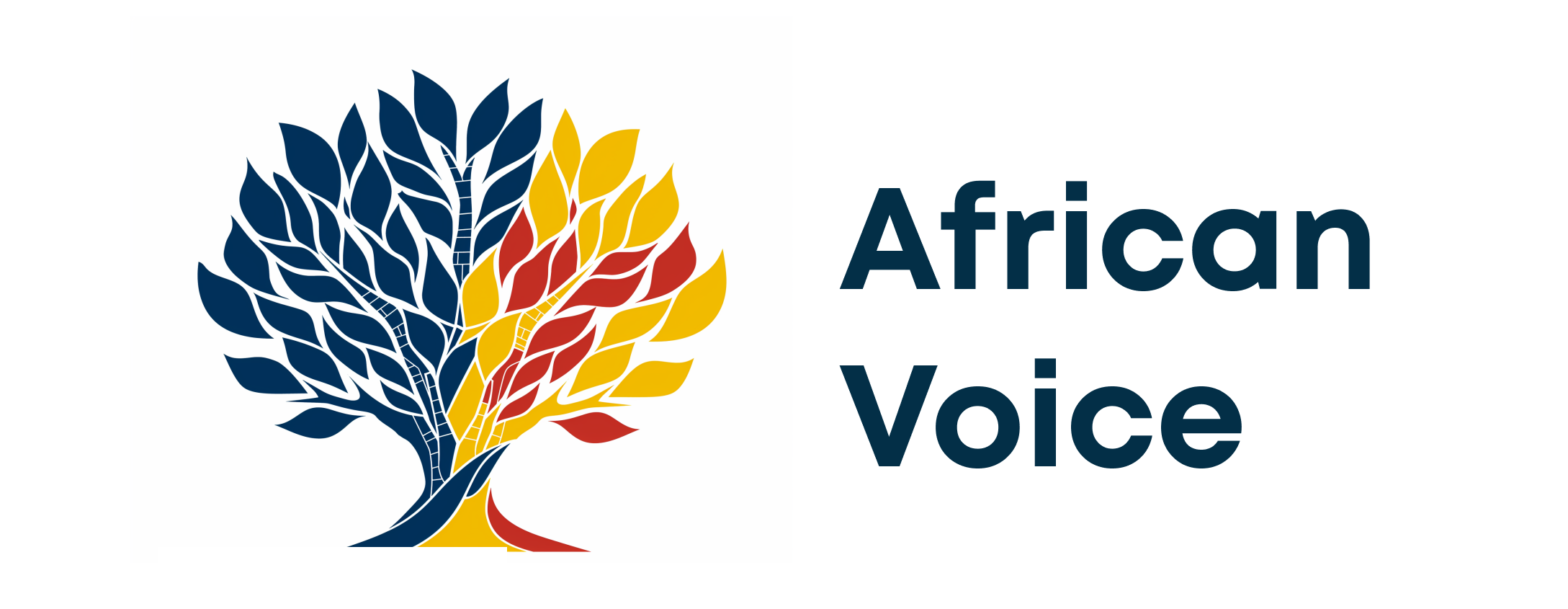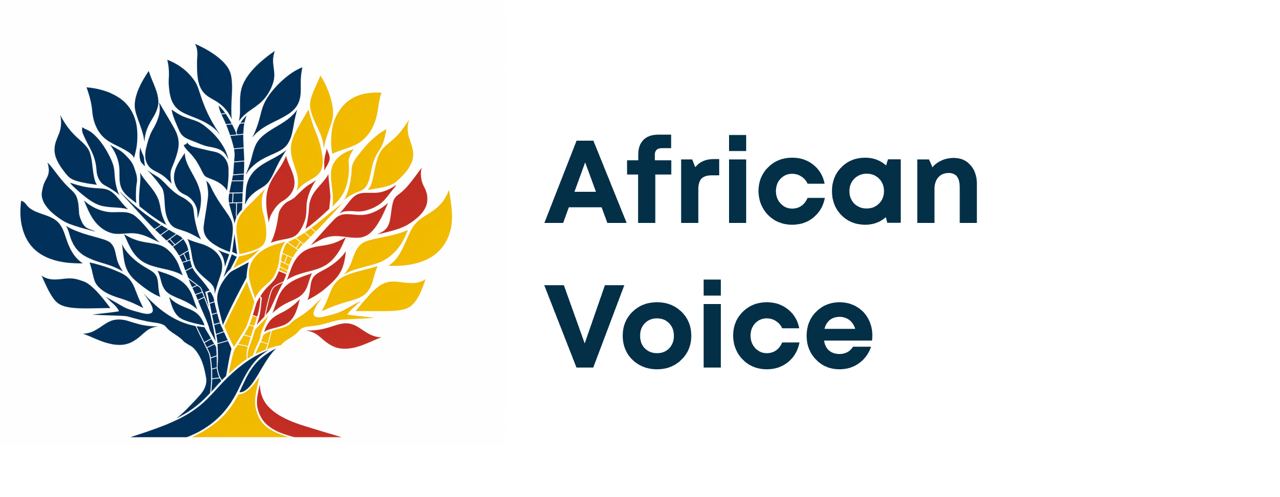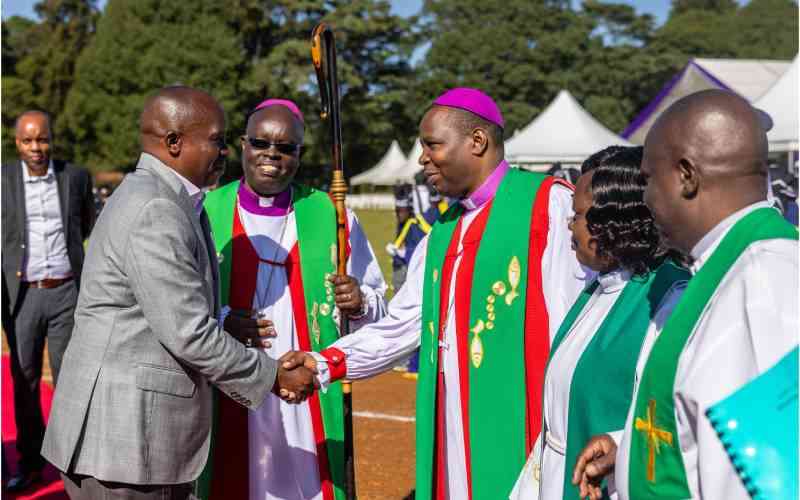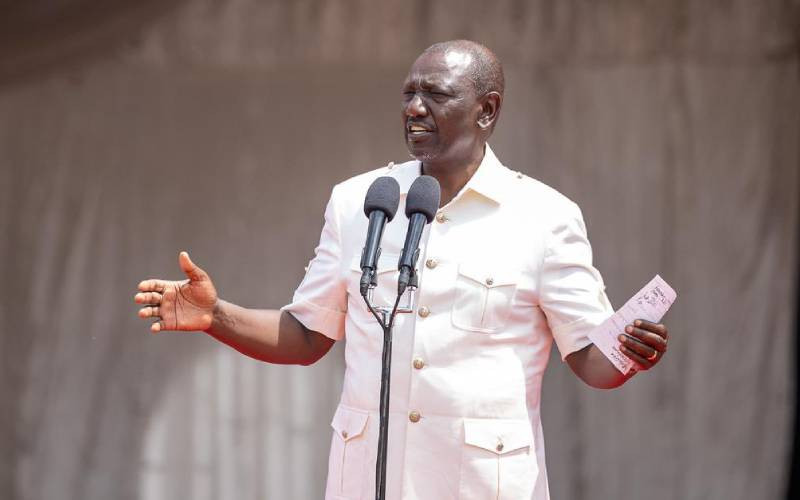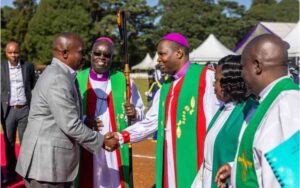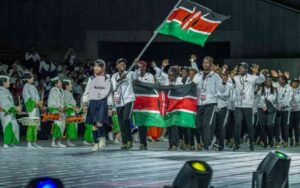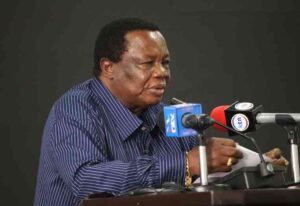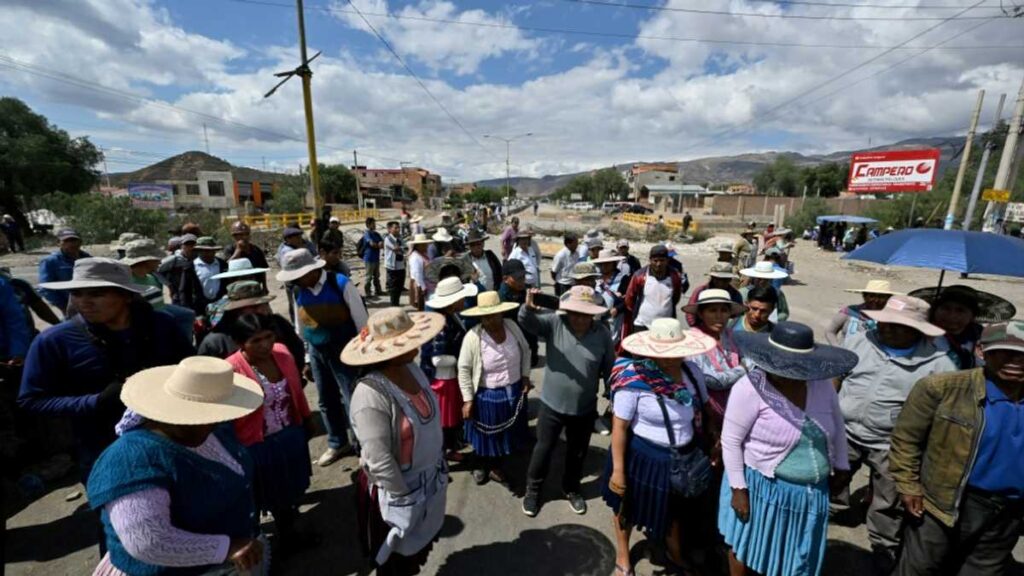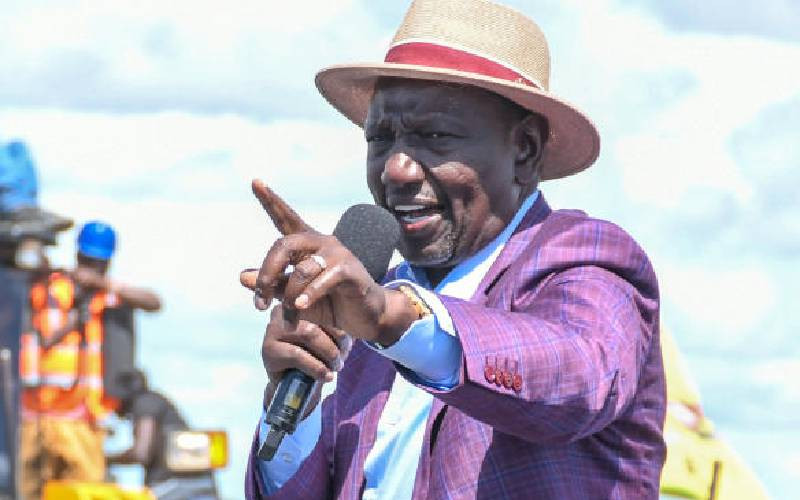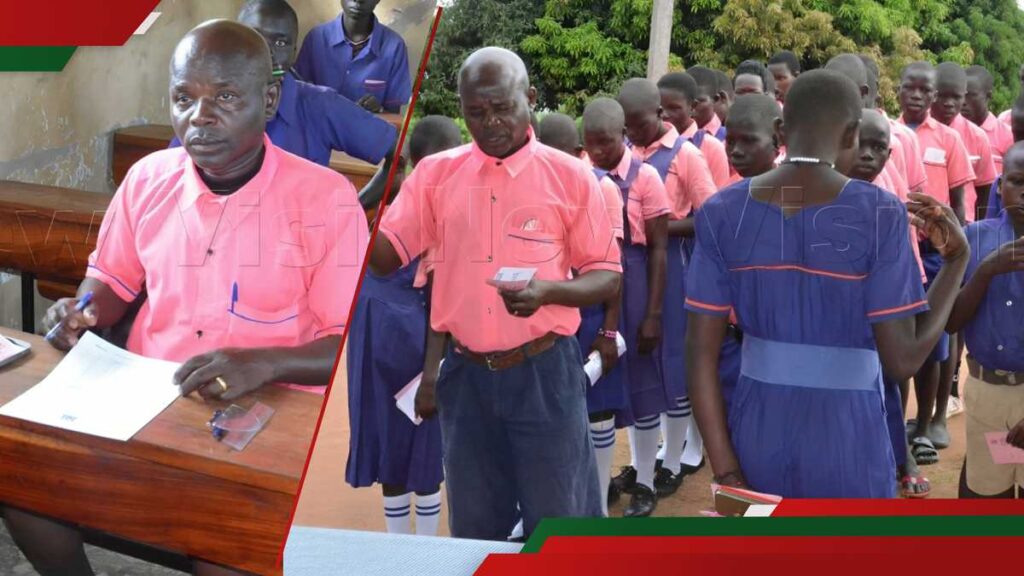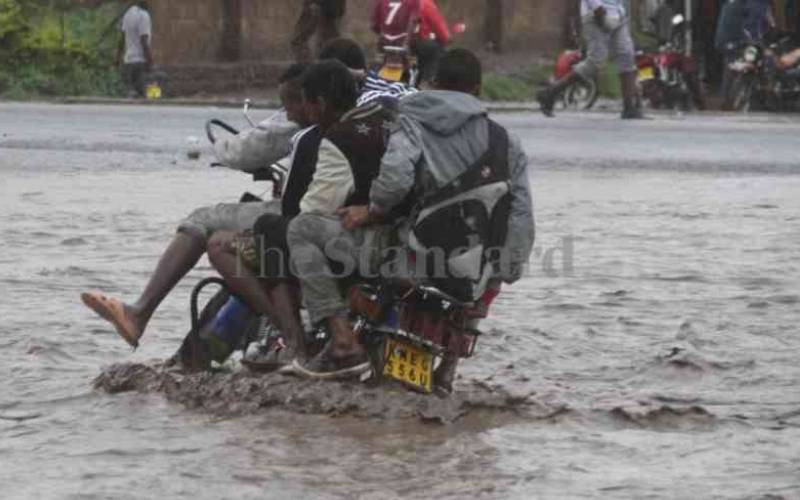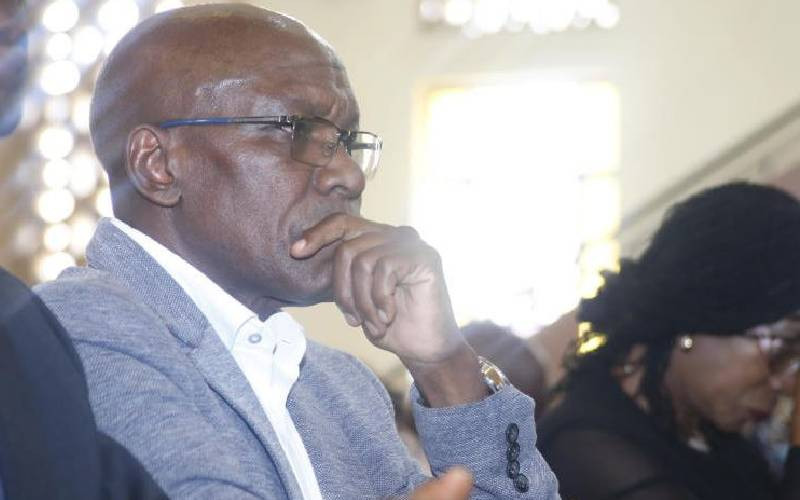The Kenya Wildlife Service (KWS) is in the final phase of a nationwide campaign to gather public input on proposal to revise park entry and conservation fees.
The move, aimed at bridging a Sh12 billion annual funding gap, marks the first comprehensive fee review in nearly two decades and is being driven by the draft Wildlife Conservation and Management (Access and Conservation Fees) Regulations, 2025.
Since the exercise kicked off last week, public participation forums have been held across the country in areas including Marsabit, Hola, Homa Bay, Meru, Kisumu, Lamu, Chogoria, Kitale, Watamu, Nanyuki, Eldoret, Mombasa, Embu, Nakuru, and Ukunda.
The forums have attracted diverse stakeholders—local communities, conservationists, tour operators, persons living with disabilities, and members of the public—who have shared their views on the implications and structure of the proposed fee adjustments.
The public input process will culminate this Friday with a national validation forum at the Kenyatta International Convention Centre (KICC) in Nairobi.
KWS officials say the input gathered from these sessions will play a key role in shaping the final structure of conservation fees, with a view to making Kenya’s parks both sustainable and accessible.
At the heart of the proposal is a pressing financial crisis. In the 2024/2025 financial year, KWS generated Sh7.92 billion—far below the required Sh19.79 billion needed to sustain conservation operations. Inflationary pressures, rising security costs, and climate-related impacts have strained the agency’s ability to protect wildlife, restore habitats, and respond to challenges like poaching and human-wildlife conflict.
Speaking during one of the forums in Nyeri on behalf of KWS Director General Prof. Erustus Kanga, Senior Assistant Director for the Mountain Conservation Area Lucy Muita said that the forums reflect the agency’s commitment to participatory governance in conservation.
“The consultation forums underscore our commitment to inclusive decision-making. We are keen to hear from communities living near wildlife areas, tour operators, conservationists, and members of the public. Every voice matters in shaping the future of our parks,” she said.
Muita added that the financial implications of the funding shortfall are severe—not just for conservation, but for the broader wildlife economy, which supports over one million Kenyans.
“Today, more than 90 per cent of KWS’ internal revenue comes from tourism-related activities. Yet, we face a widening fiscal deficit that undermines not only conservation, but also the livelihoods of over one million Kenyans whose jobs depend on a thriving wildlife economy—ranging from community scouts and rangers to tour operators, hoteliers, and artisans, the revised fees are therefore not just a financial measure. They are a lifeline for the entire wildlife economy,” she said.
The draft regulations propose a range of new fees structured around ecosystem value, conservation needs, and tourism demand.
An impact assessment conducted prior to the drafting helped develop a pricing model that aims to raise park revenue to Sh16.58 billion by 2028, without pricing out local or international visitors.
The model considers visitation trends and tourist spending behaviour while maintaining Kenya’s competitiveness as a global wildlife destination.
“This isn’t just about raising fees,” said Henry Henly of Sangare conservancy in Nyeri, who attended one of the public participation in Nyeri.
Stay informed. Subscribe to our newsletter
“It is about future-proofing our parks and making sure the next generation can still see elephants, lions, and rhinos in the wild,” he said.
The new proposal also outlines measures to ensure the fee changes do not disenfranchise vulnerable groups. If approved, children under five years, senior citizens above 70 years, and persons with certified disabilities (PWDs) will be allowed free entry into all national parks and game reserves.
However, even within these exemptions, some concerns have emerged about inclusivity. Rahab Wairima, the chairperson of the Nyeri County Deaf Association, welcomed the gesture to include PWDs but raised concerns about accessibility within the parks themselves.
“This is a good move, but the only challenge we have is the lack of sign language translators in the parks, despite us having PWD status, most of our children will be left out of the park since not all of us have children with disabilities,” she said.
Tour operators and hoteliers have also expressed mixed feelings. While many support the review, they have called for a carefully balanced approach that protects domestic tourism and ensures the changes are communicated early to avoid disruptions in travel planning.
“We understand the need for a review, but we also hope the new fees won’t deter Kenyans from visiting parks,” said Tarsem Sembhi of Cider Retreat
“Conservation should not be viewed as a luxury—it must be a shared national responsibility,” he added.
Others, especially in wildlife conflict-prone, emphasised that the revised fees must translate into real improvements in park infrastructure and community benefits.
“If the money will be used to fence parks, compensate families, and provide clean water in areas where wildlife roam, then we are in support,” said Joshua Kamau, a community leader.
KWS maintains that funds raised through the revised conservation fees will be reinvested into five priority areas: restoration of habitats, improved anti-poaching and security operations, mitigation of human-wildlife conflict, modernisation of park infrastructure, and expansion of conservation education and awareness programmes.
